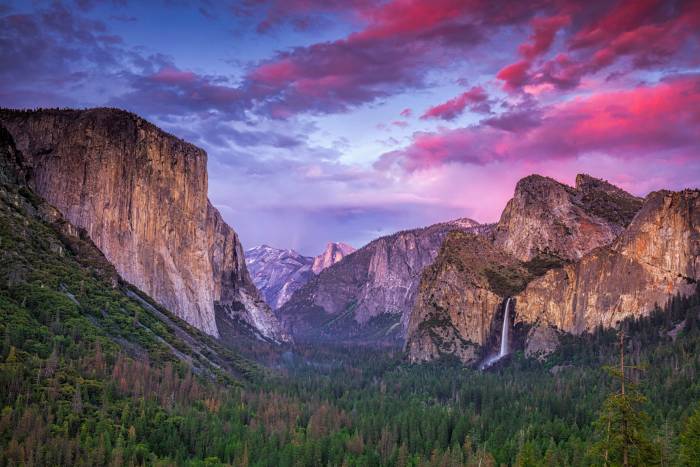For many, it can feel far less natural to head out for a backpacking trek in the depths of winter. Still, for those who can stand a bit of cold air and brisk winds, the snow-capped peaks and open trails await.
Hiking in the winter takes a bit more know-how and gear prep, but it can quickly become a rewarding activity. With these winter hiking tips, getting out to the trails will be a safe, easy, and enjoyable activity no matter the time of year or amount of snow.
Winter Hiking Tips
Check the Weather Before You Go
It’s always smart to check the weather, but this especially goes for the winter months. You’ll want to know how much it snowed the night before, if parts of your chosen trail are impassable, if the roads are clear, if there’s a high-wind warning, or anything else. Maybe you’ll want to bring an extra hardshell layer, or maybe you’ll need crampons.
Hike in the Daylight Hours

Be Bold, Start Cold
Hydration

Eat Extra Calories
Batteries Need Warmth













